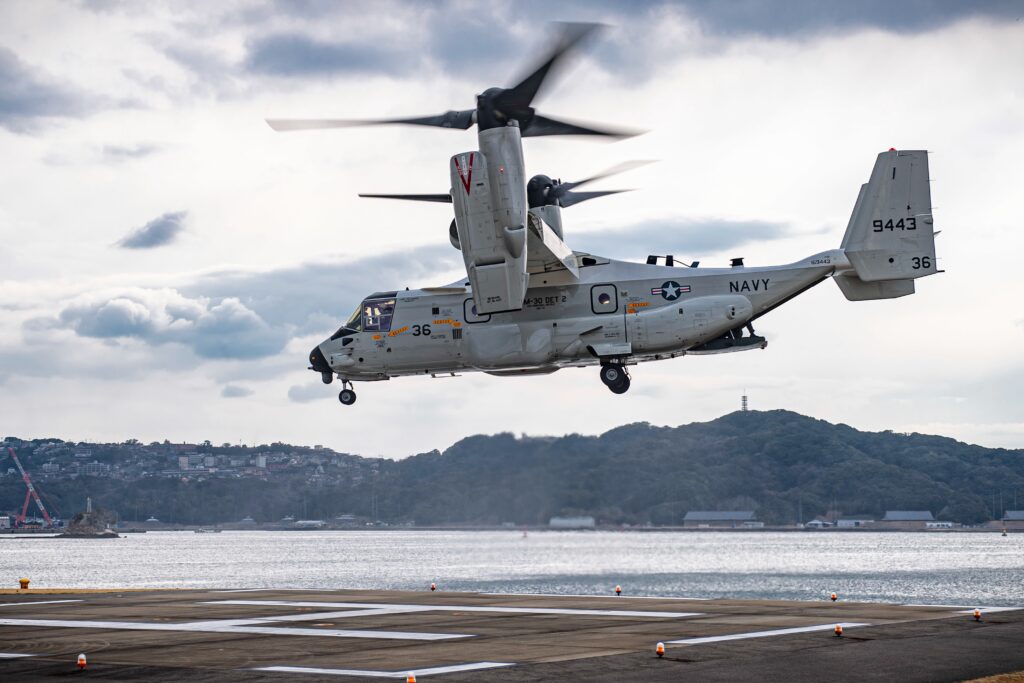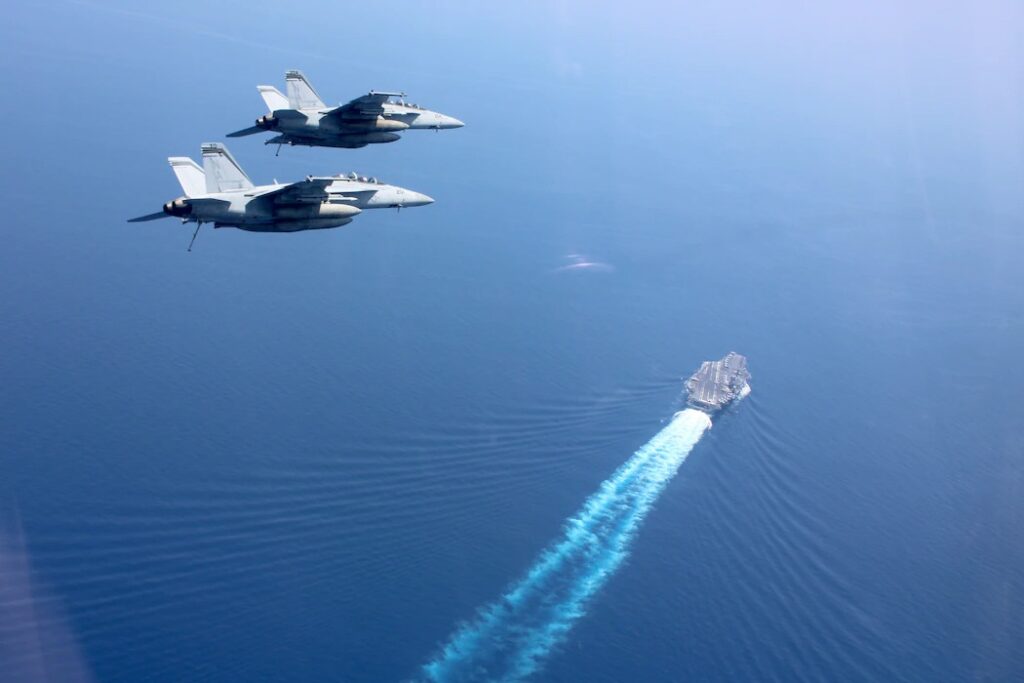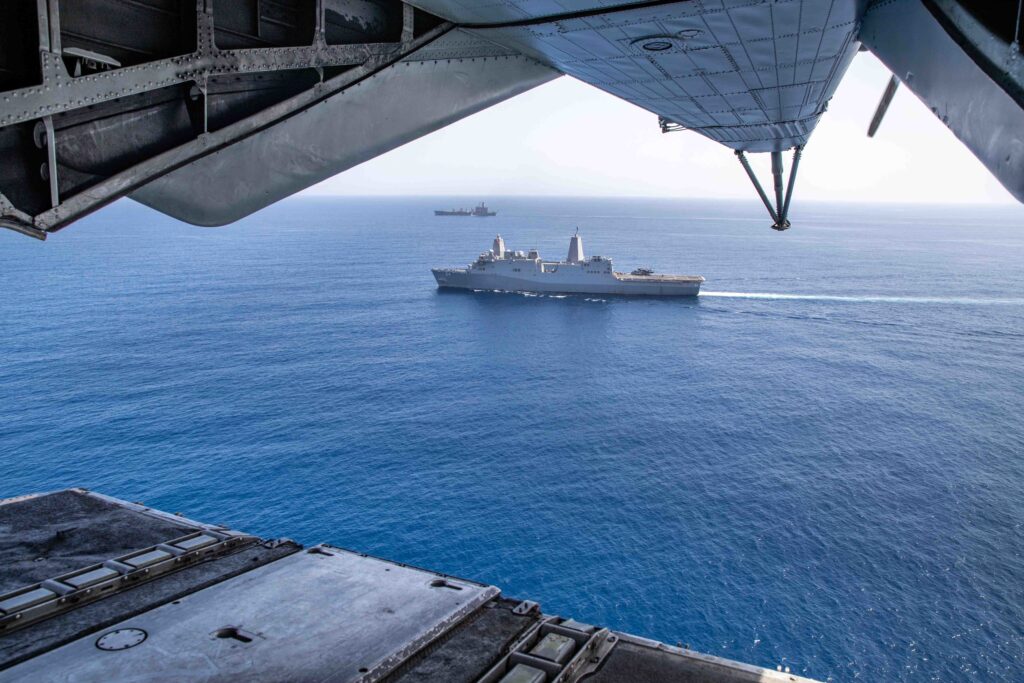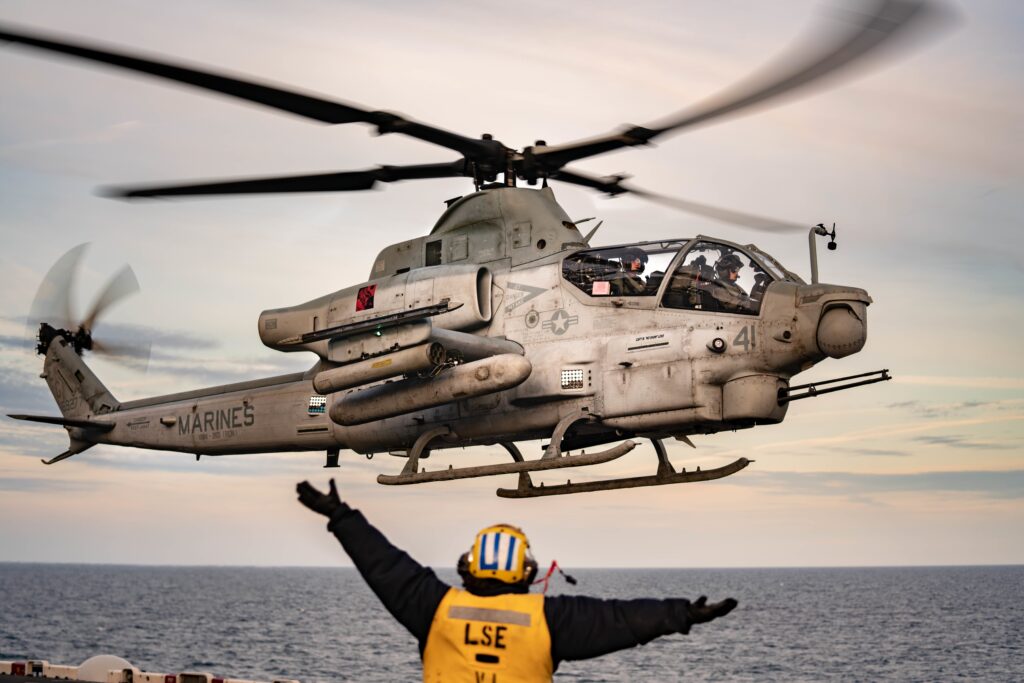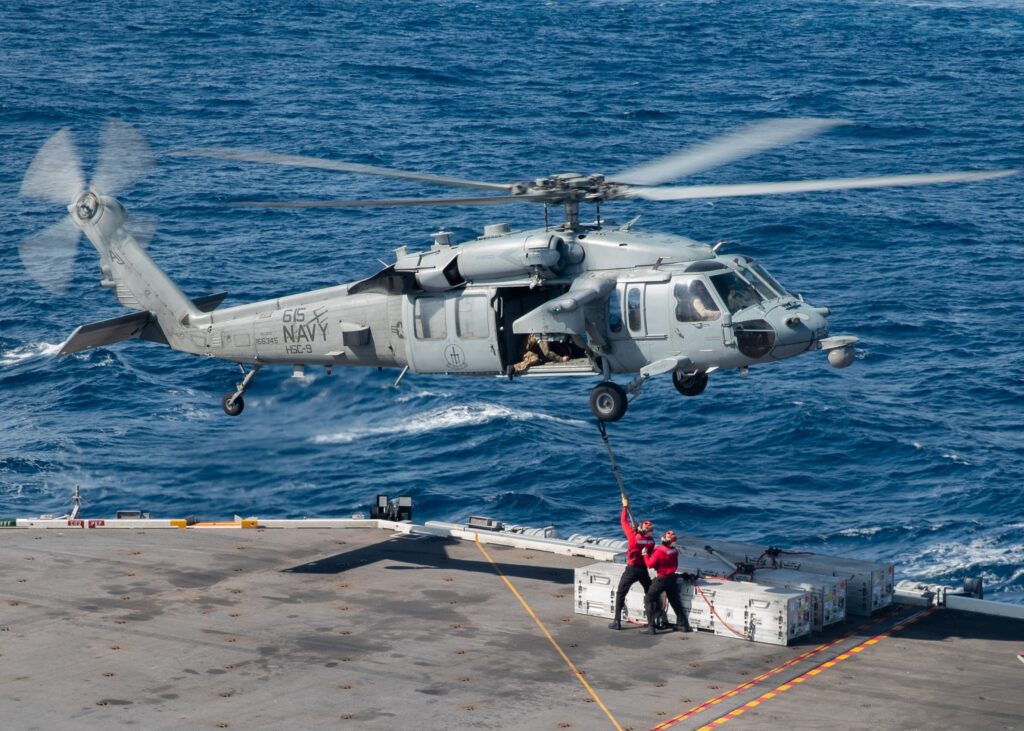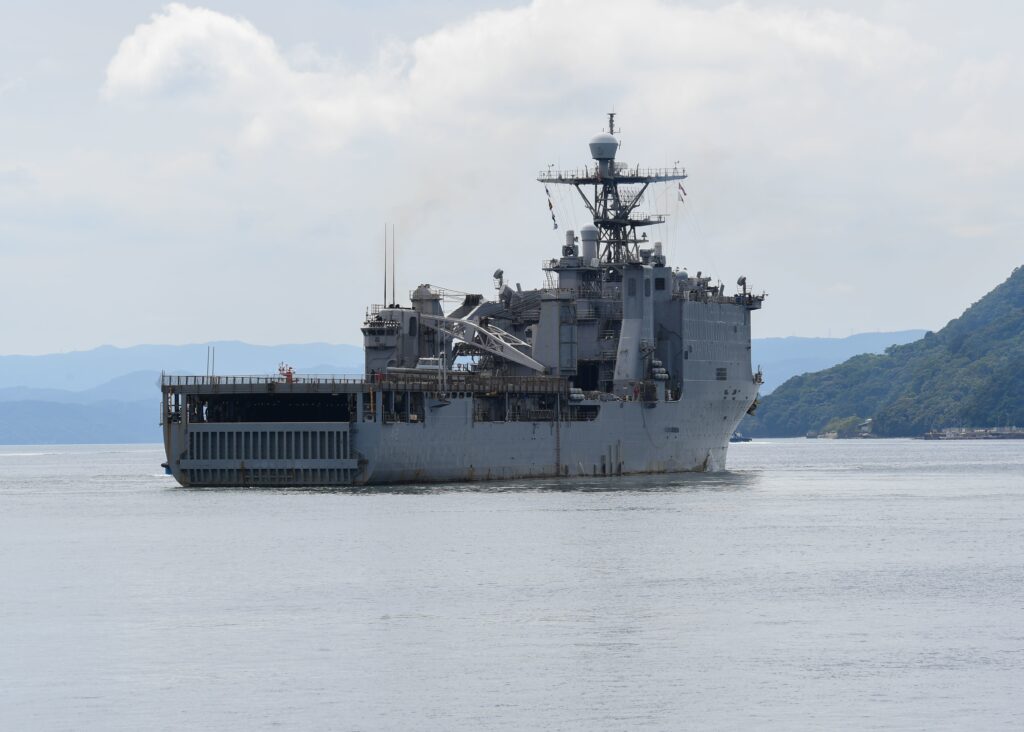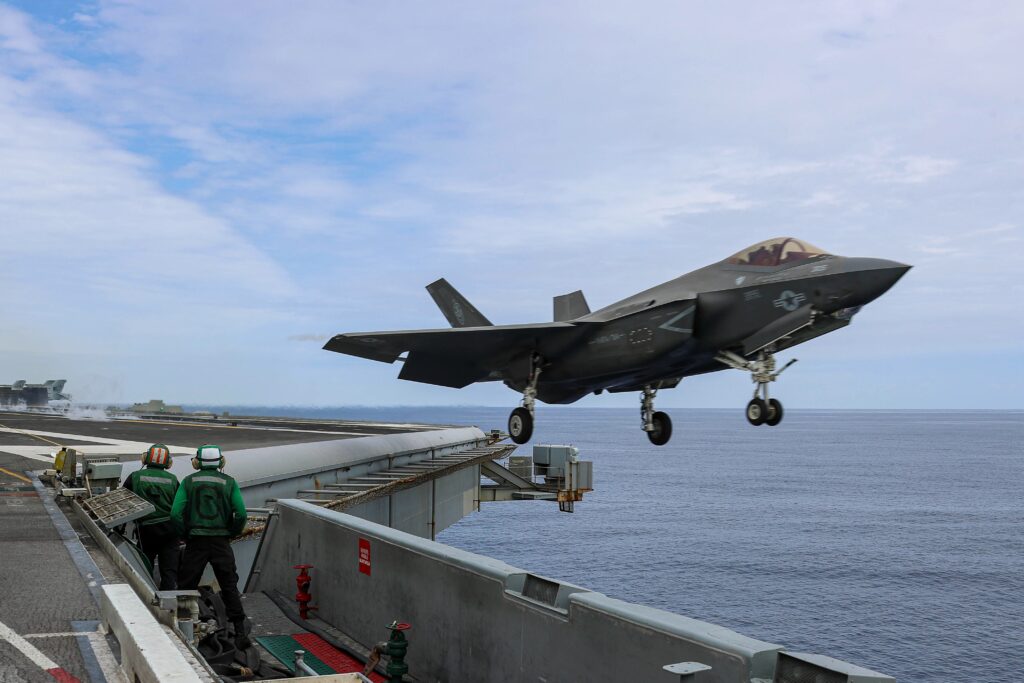Admiral: Ecosystems Around Shipyards Can Attract, Retain Workers
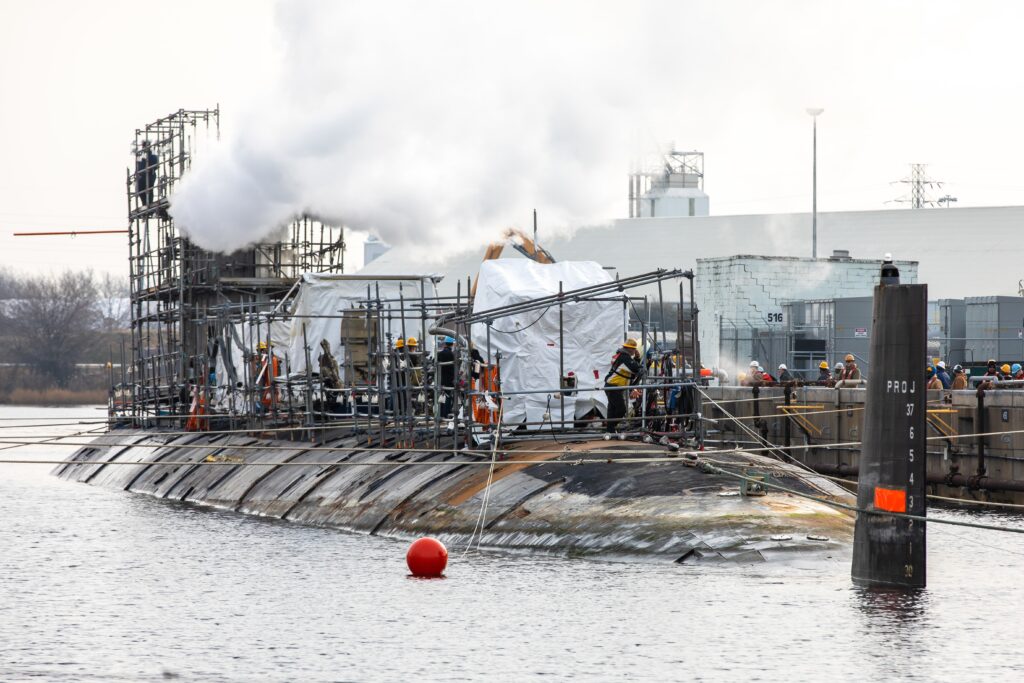
*****
ARLINGTON, Va. — The services offered by communities adjacent to shipyards can help attract and retain skilled shipbuilding and repair workers, a Navy admiral in charge of shipbuilding said.
“One of the things we’ve seen that is very successful is building ecosystems around the shipyards — Congress working with state and local governments to aid in the development of systems around shipyards that really provide opportunity, said Rear Admiral Thomas J. Anderson, Navy Program Executive Officer for Ships, testifying May 11 before the House Oversight and Accountability Subcommittee on National Security, the Border, and Foreign Affairs.
“If there is no housing in the area of a shipyard, you’re going to have a hard time having blue-collar labor come in and be interested in a job there,” Anderson said. “Things like health care, day care, [and] housing are really important to have in the vicinity of the yards to attract the talent that we need to build the ships we need in the future.”
Anderson said that “[o]ne of the real challenges we have in this country is availability of blue-collar labor. We saw that as a challenge as we were in COVID and when we came out of COVID and we continue to struggle to identify talent to come in, people who are interested in the blue-collar trades.
“So, support of our budget requests that provide funding to develop the work force that comes in two ways: the submarine industrial base, which I mentioned earlier, has targeted funds to help advance the work force,” he said. “Additionally, last year in the NDAA [2023 National Defense Authorization Act], Section 122, provided a requirement for the Navy — when awarding shipbuilding contracts in the future — to fund a percentage of the overall cost of the ship to go toward workforce development items.”
Anderson noted that supplier industrial base funds are being used “to get people interested in blue-collar labor, get them married up with companies that support that supply chain. The submarine industrial base is where we really need efforts.”
The admiral said that “somewhere between 80,000 and 100,000 tradespeople [need] to be hired over the next 10 years” for the submarine shipbuilders.
Anderson touched on a more inspirational aspect of attracting shipyard workers: “Growing the work force, making sure that young people understand that it is an honorable and important profession to build ships or to repair ships for the U.S. Navy, something that not just the Congress but at all levels of our country is something that we can stress and will pay dividends as we expand our capacity.”
